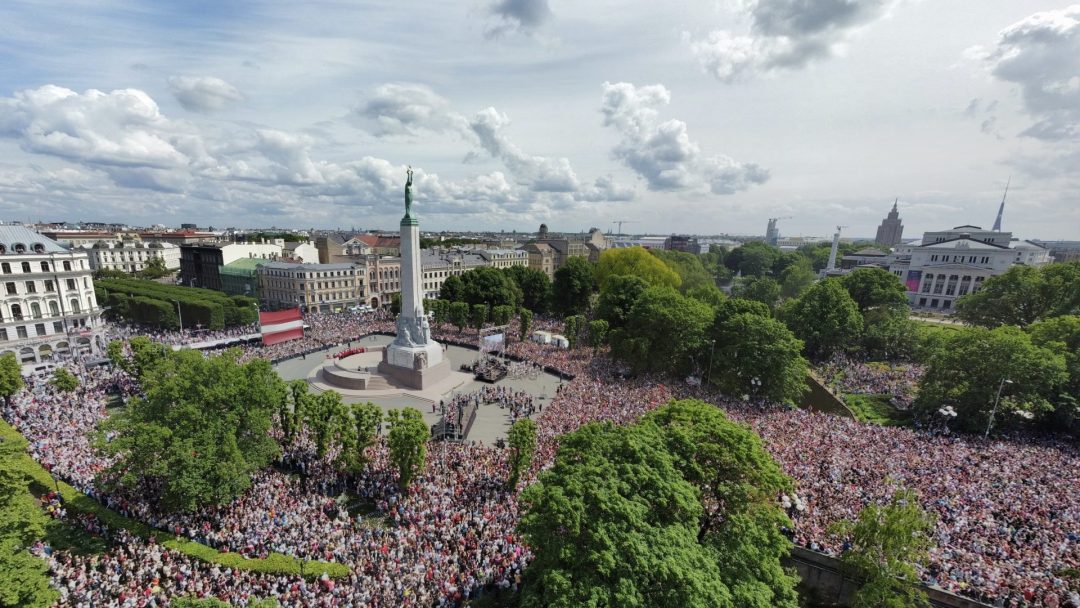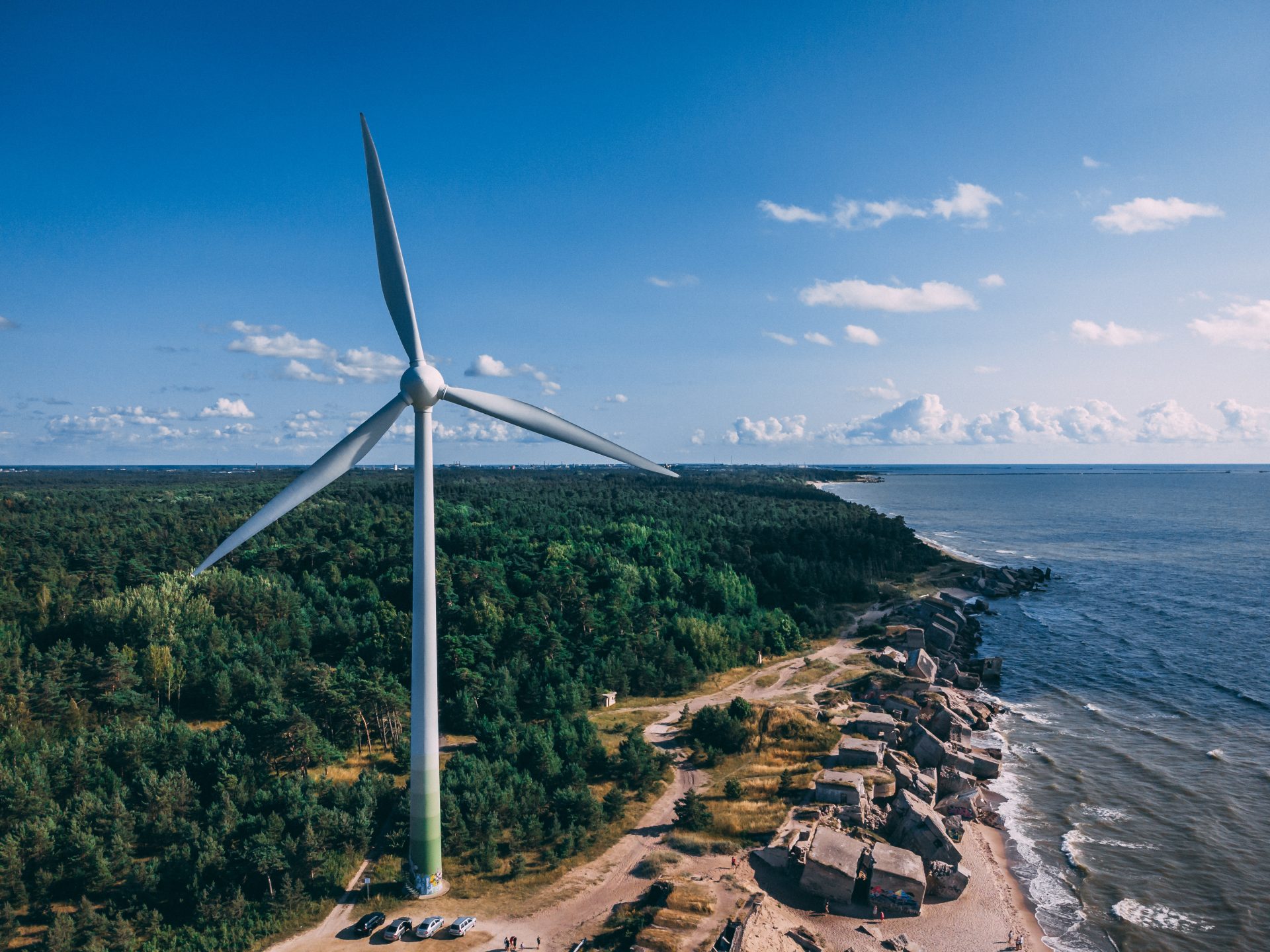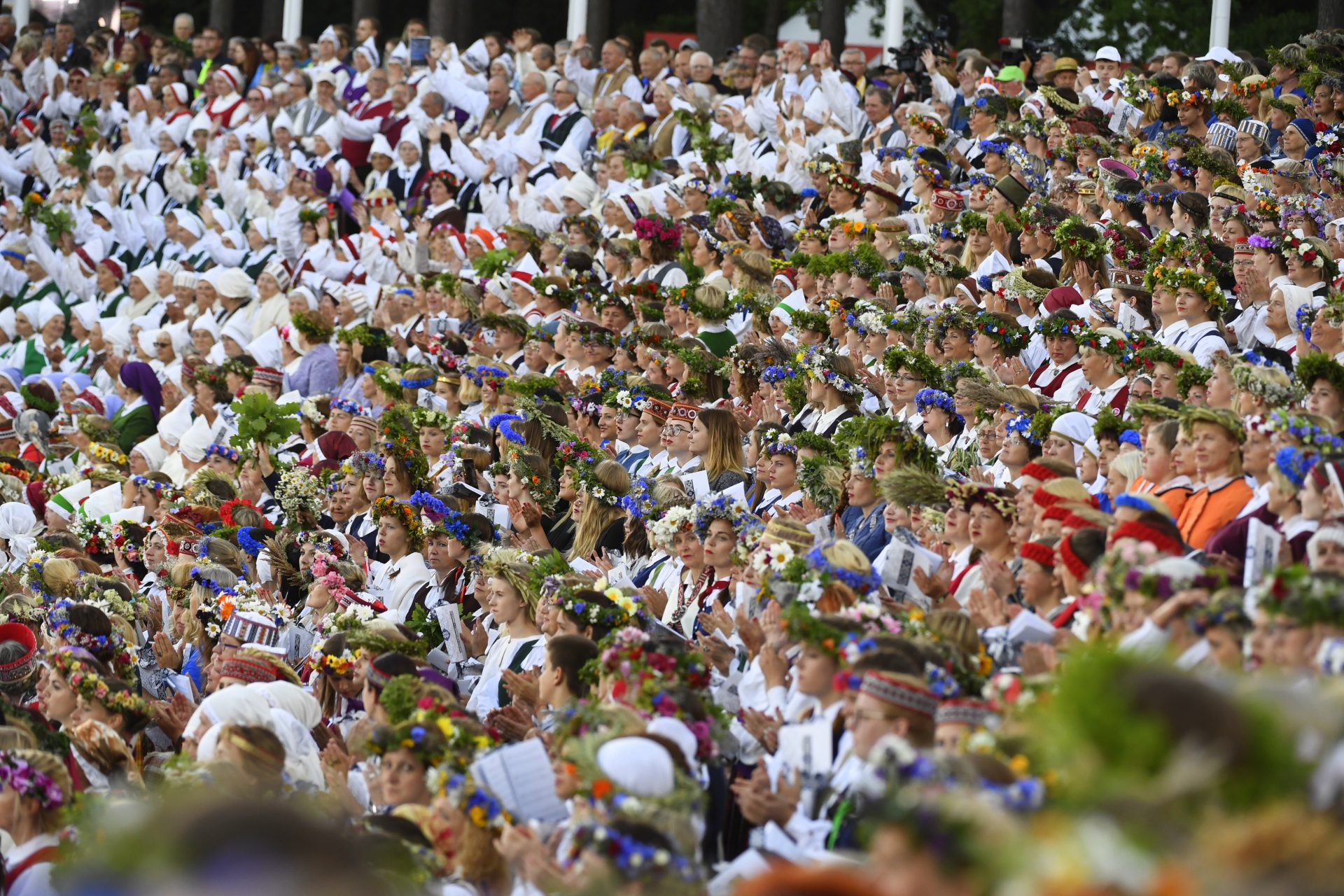With favourable tax rates, startup visas, and stock options for employees, Latvia remains one of the most startup-friendly countries in the world, offering a thriving environment for innovation and entrepreneurship.

Latvia - a country on a mission
Latvians – people with a mission mindset. The values of nature and innovator spirit historically and today are ingrained in our DNA. We believe that change can start with one person, and when coming together nothing is impossible. No challenge is too great to overcome and our restless nature can move mountains. missionLatvia is the story of us and what we bring to the world. Join us!




